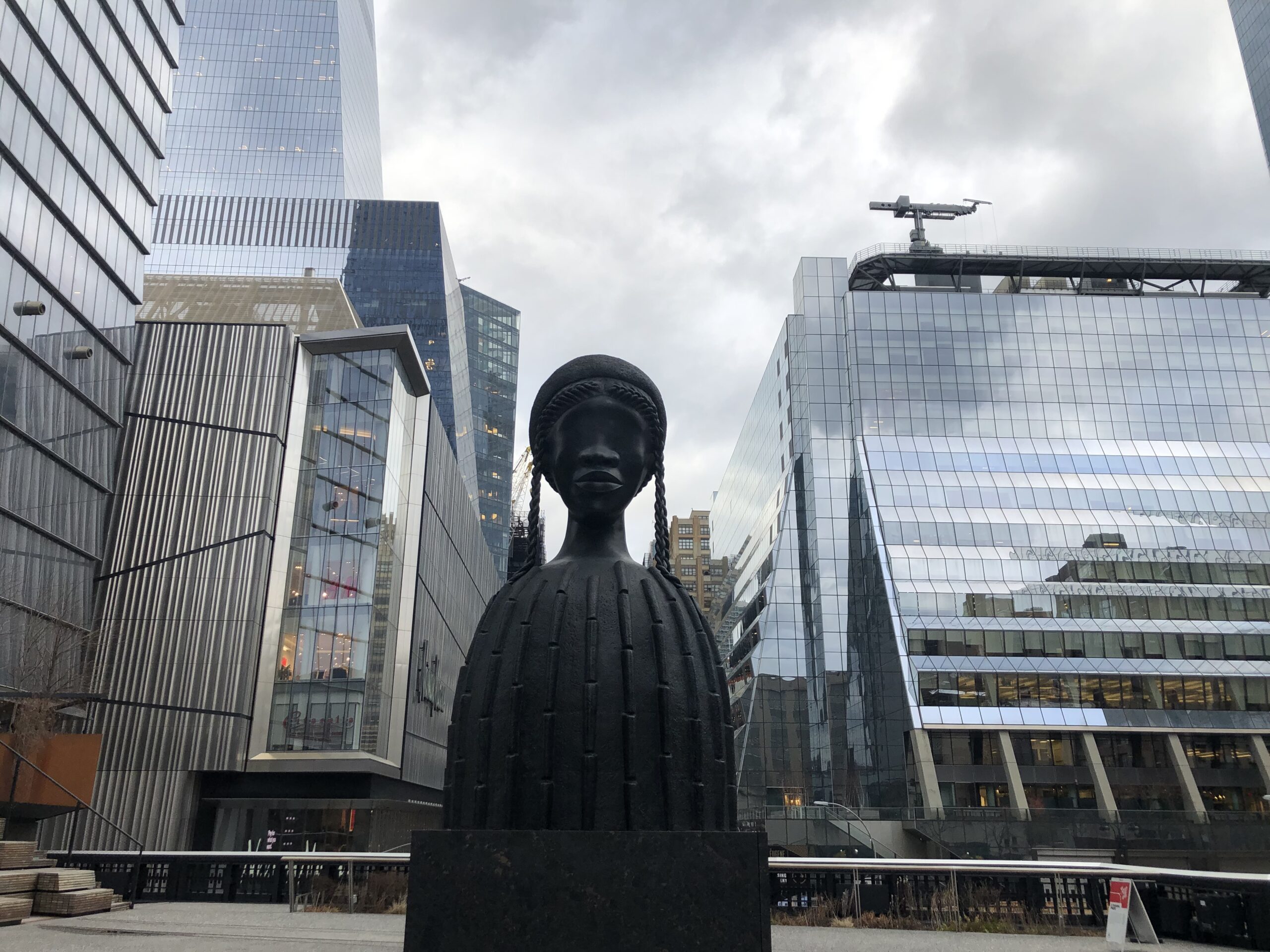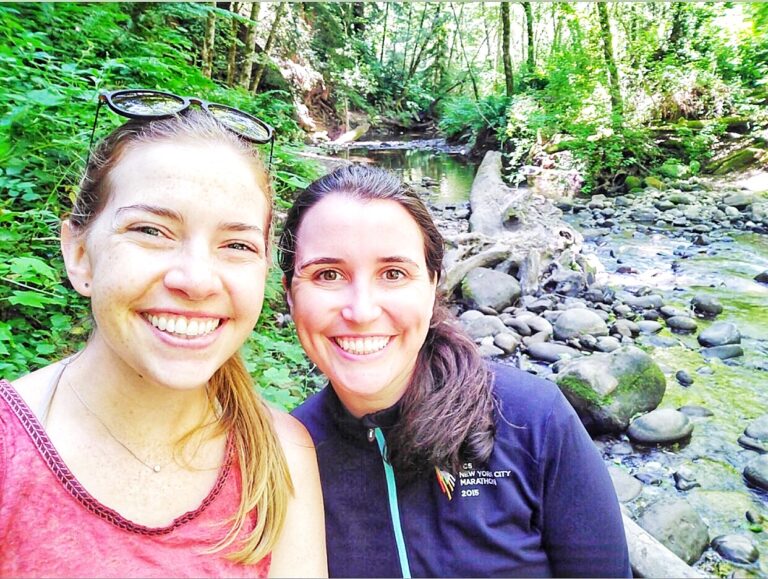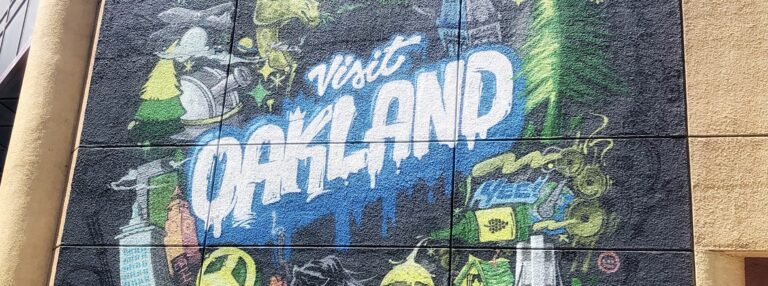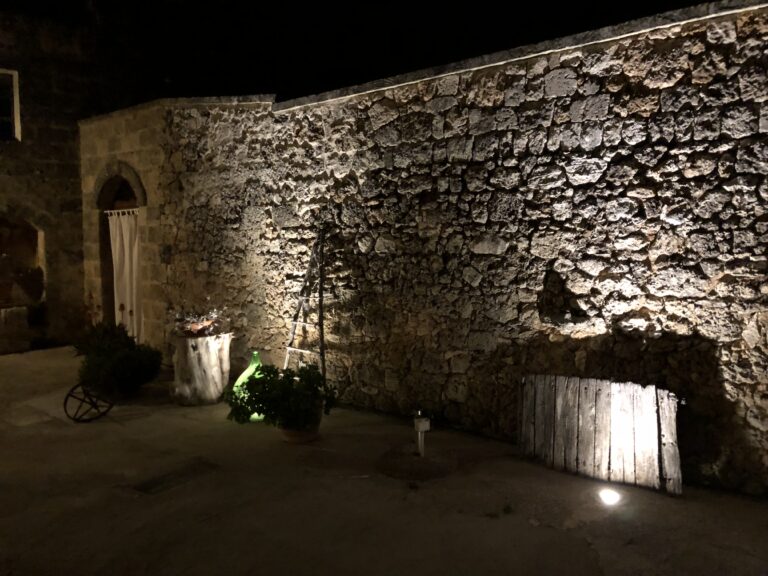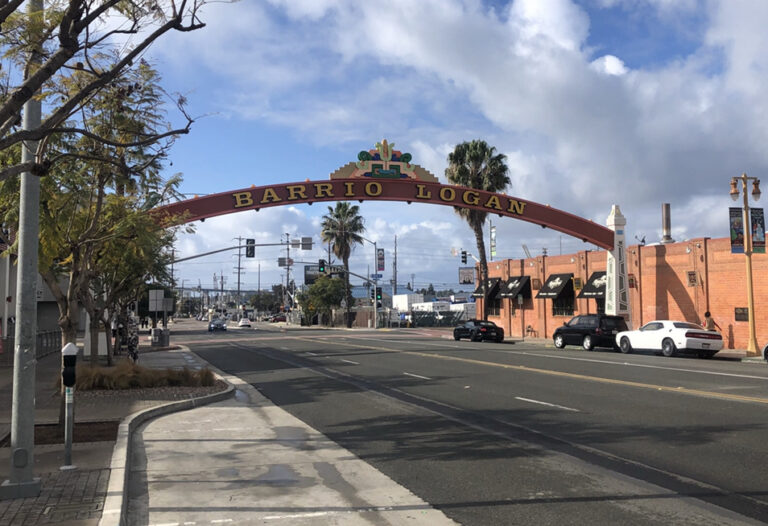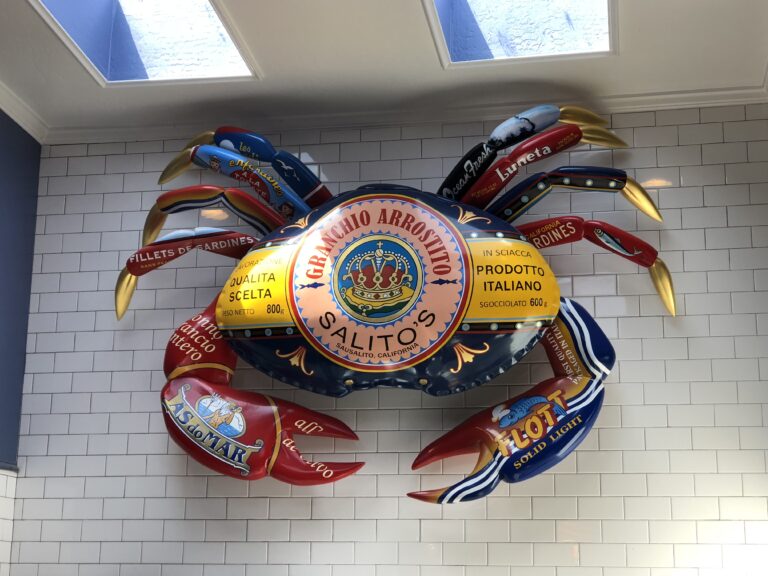Ways to celebrate Black History Month without leaving NYC
African-Americans have been living and contributing to the development of New York City since 1626. While early inhabitants were forced here through the Dutch West Indies trade. A large number of African-Americans moved up north during the great migration of the 19th century for economic opportunity and better treatment. A large number of Black New Yorkers are of Carribean descent bringing great food and culture. Without further adieu here is a brief article about weekend excursions to learn more about the history of Black communities which contribute so meaningfully to our diverse culture in New York City.
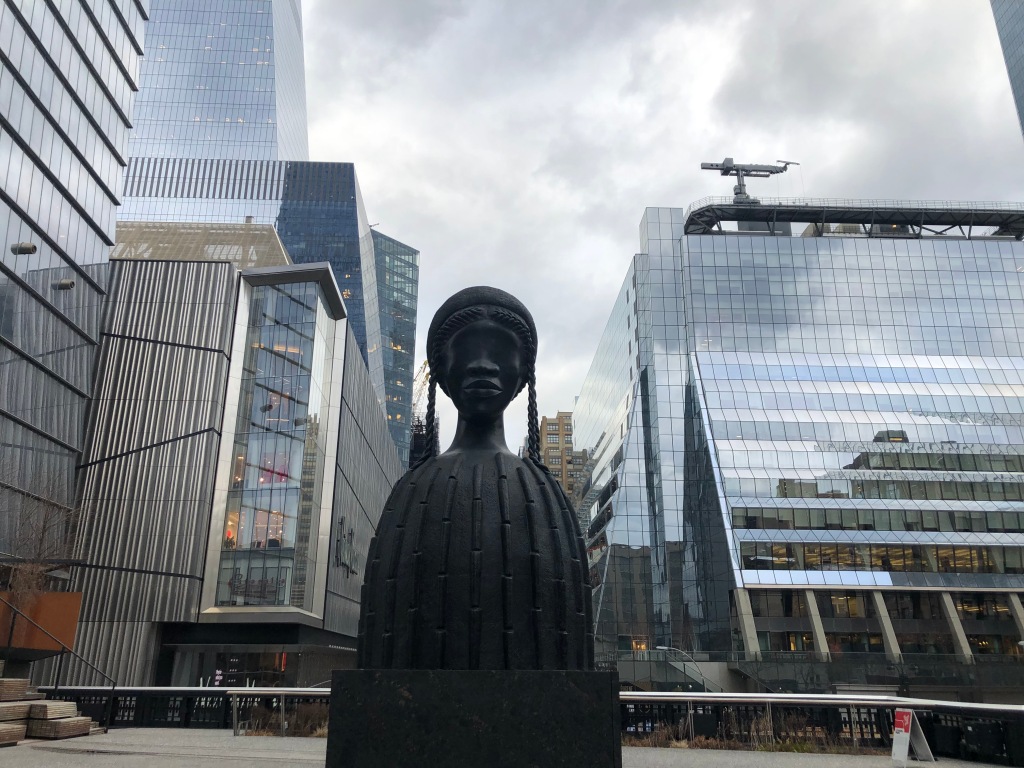
When growing up the only BIPOC depicted in the history books was either when talking about slavery or segregation. As an adult and educator, I like to remind my students that the first known human was from Africa. So ALL history started in Africa. I also try to emphasize positive contributions that are often not celebrated or known.

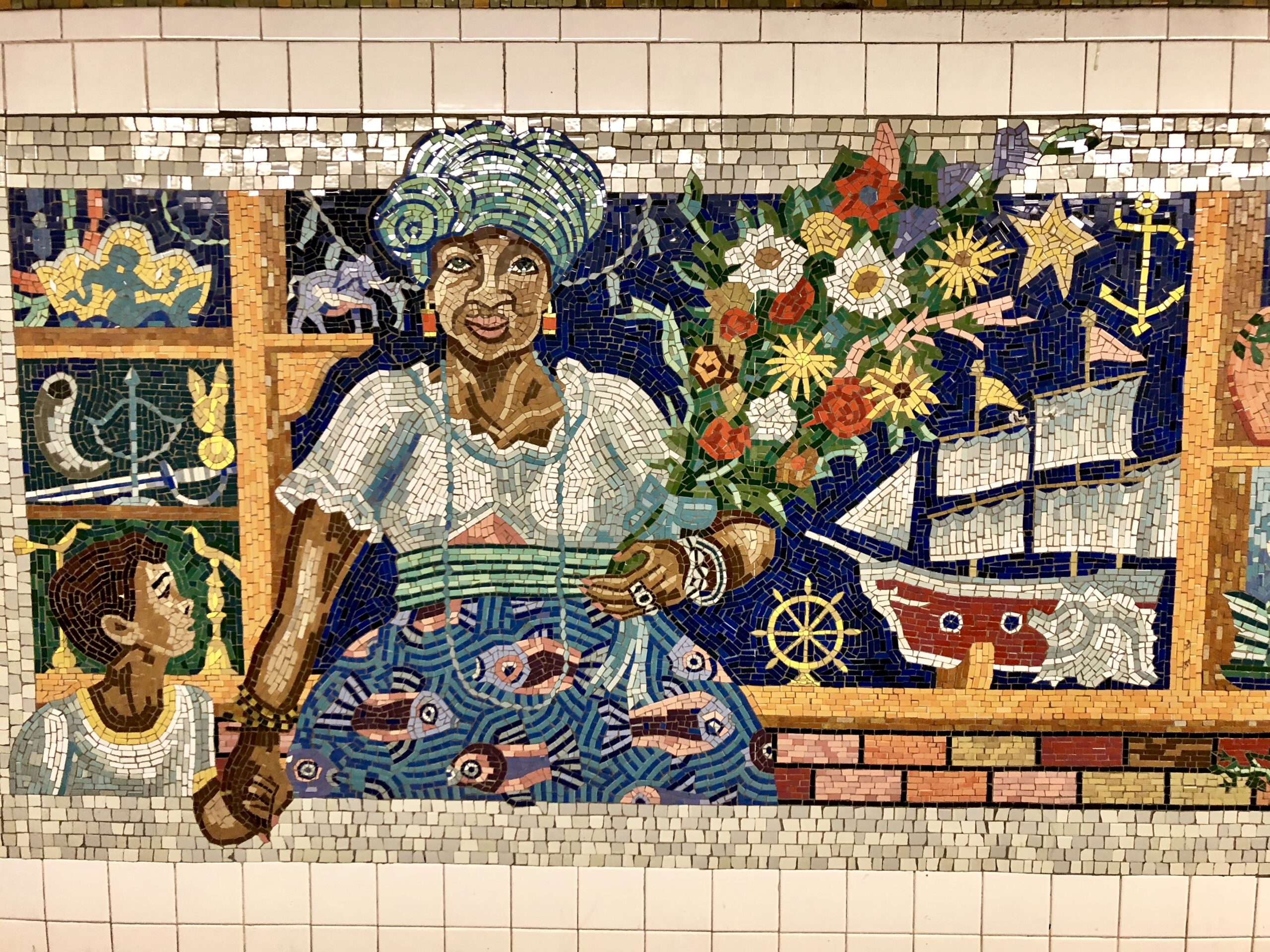

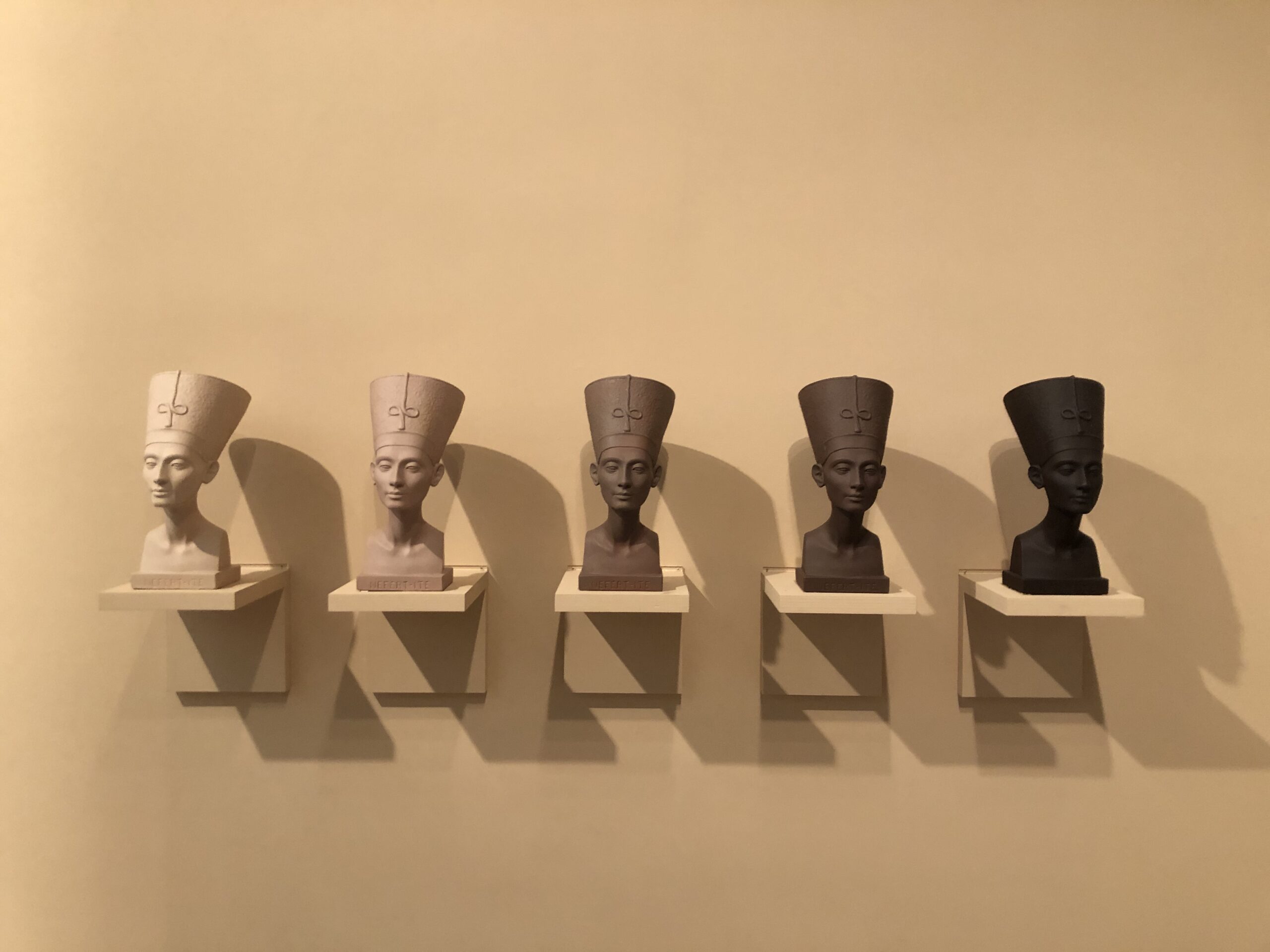
A few of these neighborhoods I have listed churches. I was able to listen to a guest speaker for the World Monuments Fund after the inauguration of the Alabama Civil Rights Fund. The speaker explained that there were a lot of churches listed as sites because when the government was not giving adequate funding to black communities as white communities, the church communities filled in the gaps and served many social welfare functions. They served as centers of the community. Most of the churches I list have historical significance, the majority just have dope music 🎵 and would be worth a visit if that is something you are interested in.
Please note: most of these restaurants are doing takeout because of COVID restrictions. New York City is set to open up dining (at 25% capacity) starting February 14th. Support these black-owned businesses.
Without further adieu please find the three neighborhoods to check out in order to celebrate Black History Month. These sites and restaurants are lumped by neighborhoods, so that you can “make a day of it”.
Harlem:
Known for its richly celebrated musical history. Many African-American’s moved to the neighborhood during the great migration of the 20th Century. While I have listed this once, it could easily be done as multiple packed day excursions. Home to the New York Amsterdam News, the oldest Black newspaper in the country. Take a walk by Langston Hughes House (20 East 127th Street) it used to be part of the National Park Service but recently closed. Make sure to walk by, while the poet travelled extensively he always had this place to come back to.
Harlem Sites of cultural/historical significance:
Abyssinian Baptist Church (132 W 138th St) known for their great music. This was the place of James Baldwin’s step father’s funeral, which led to his writing of Notes of a Native Son.
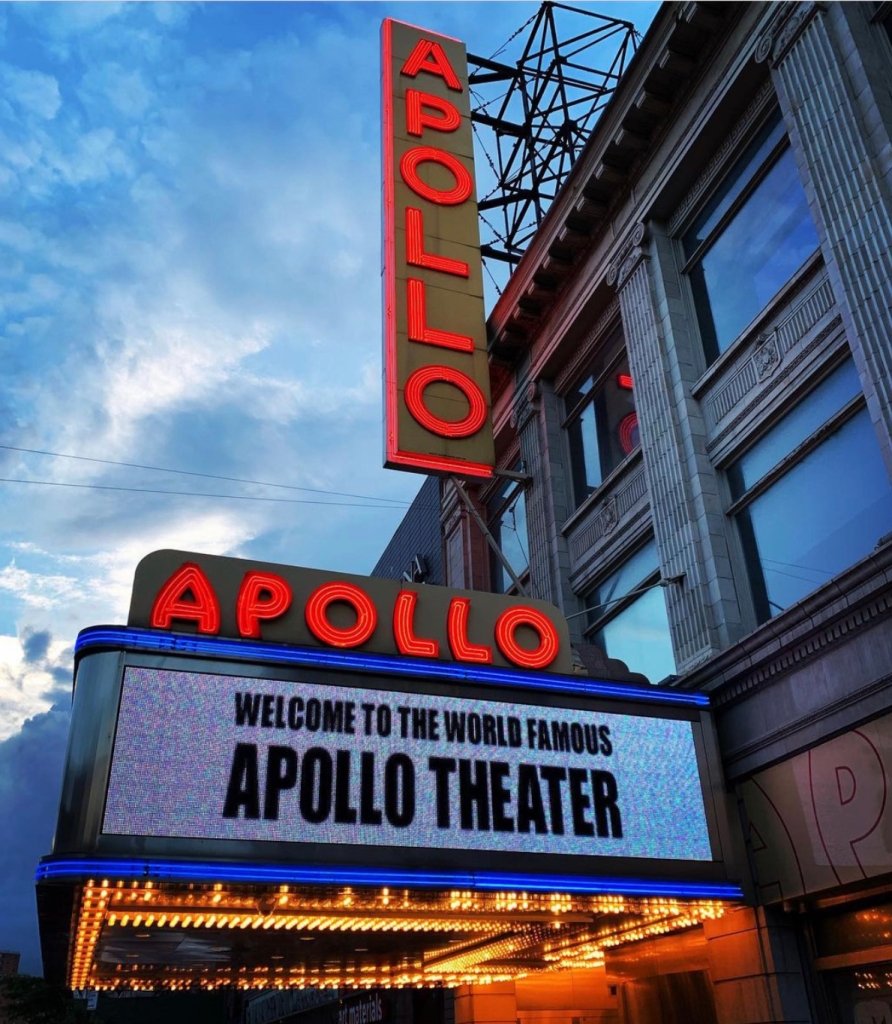
The infamous neoclassic, Apollo Theater (253 W 125th St), in which you can get a tour or in times of non-COVID, go for a concert.

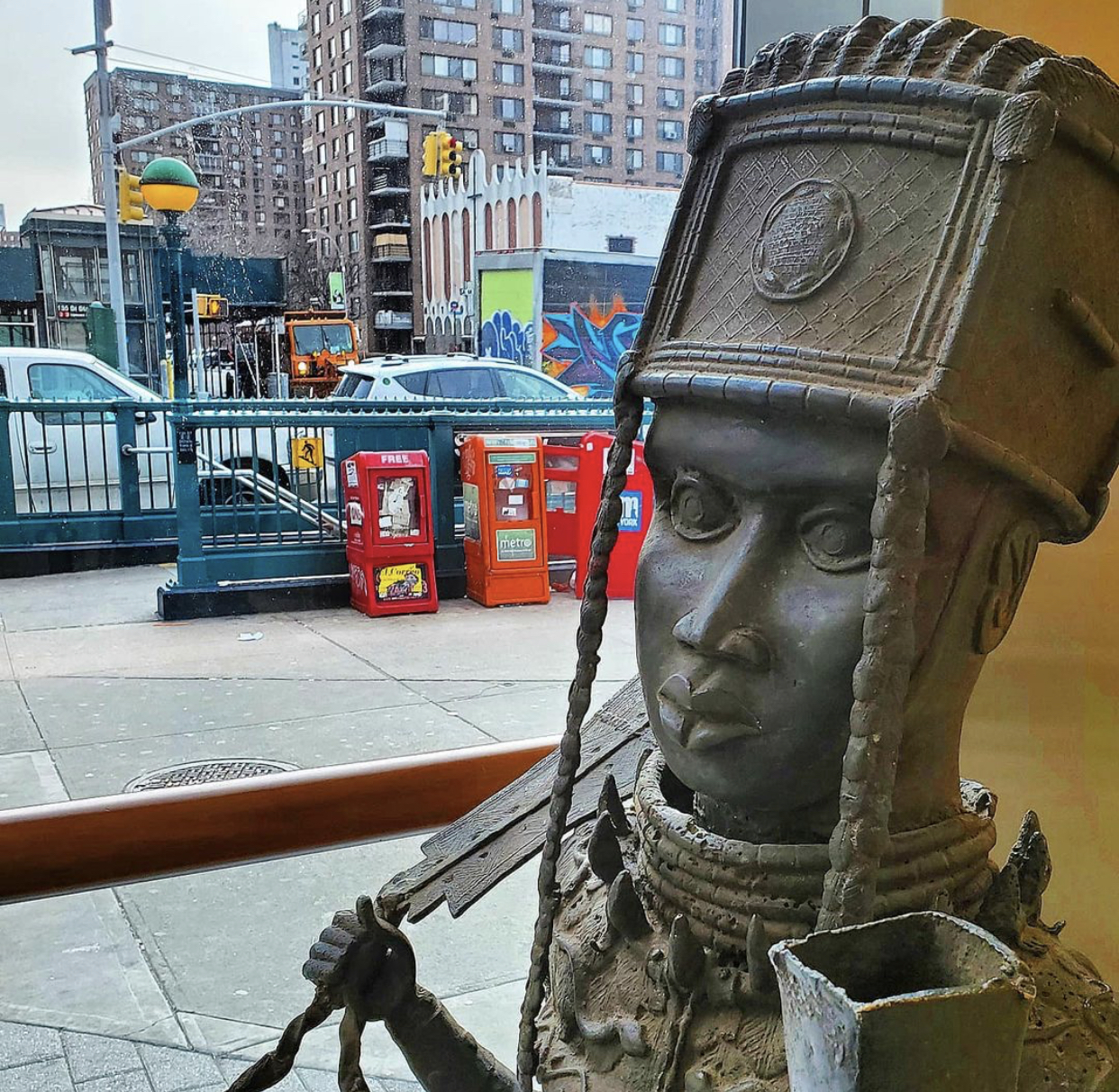

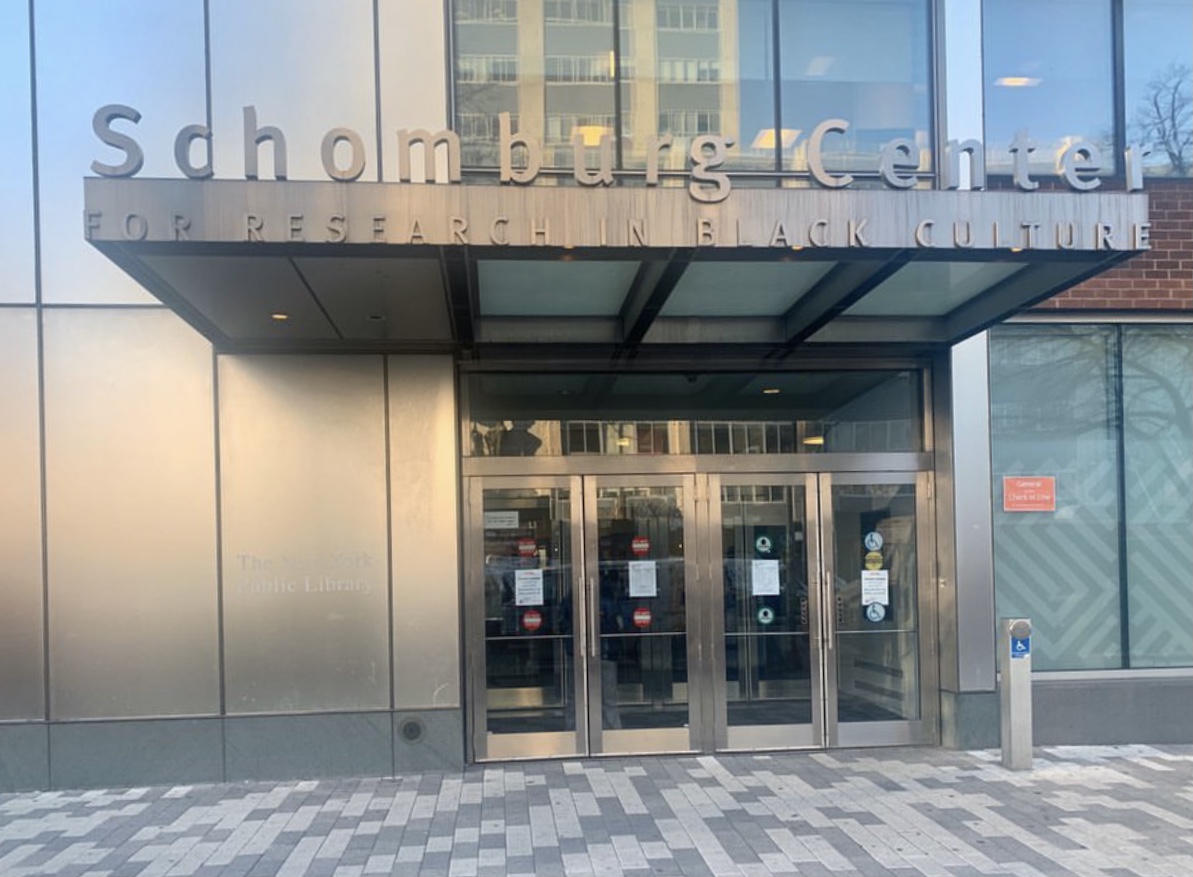
Schomburg Center for Black Culture and History (515 Malcolm X Blvd) closed due to COVID, but worth a trip in times of non-COVID. It is a research branch of the New York Public Library and encompasses research and historical objects of people of African Descent.
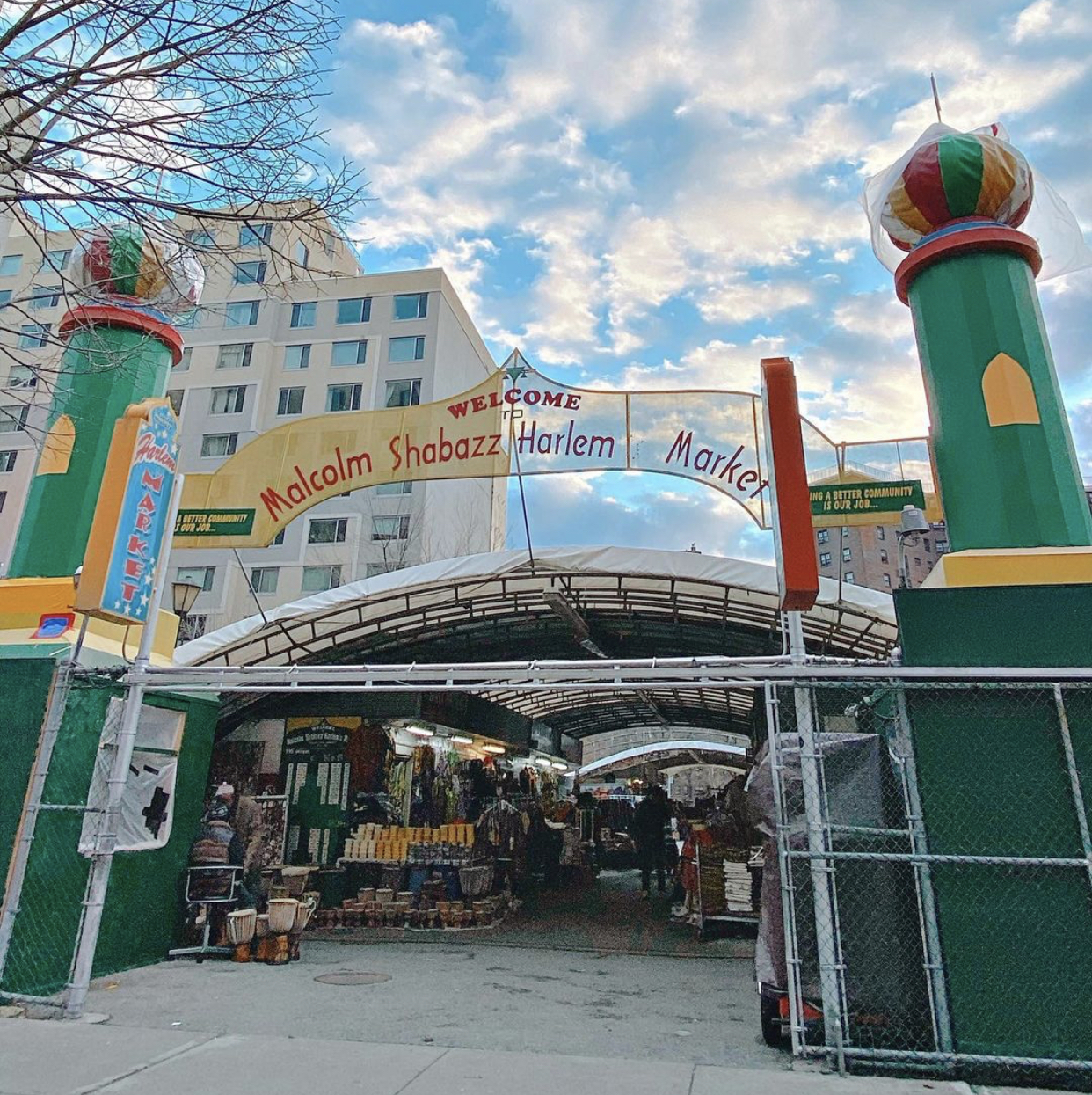
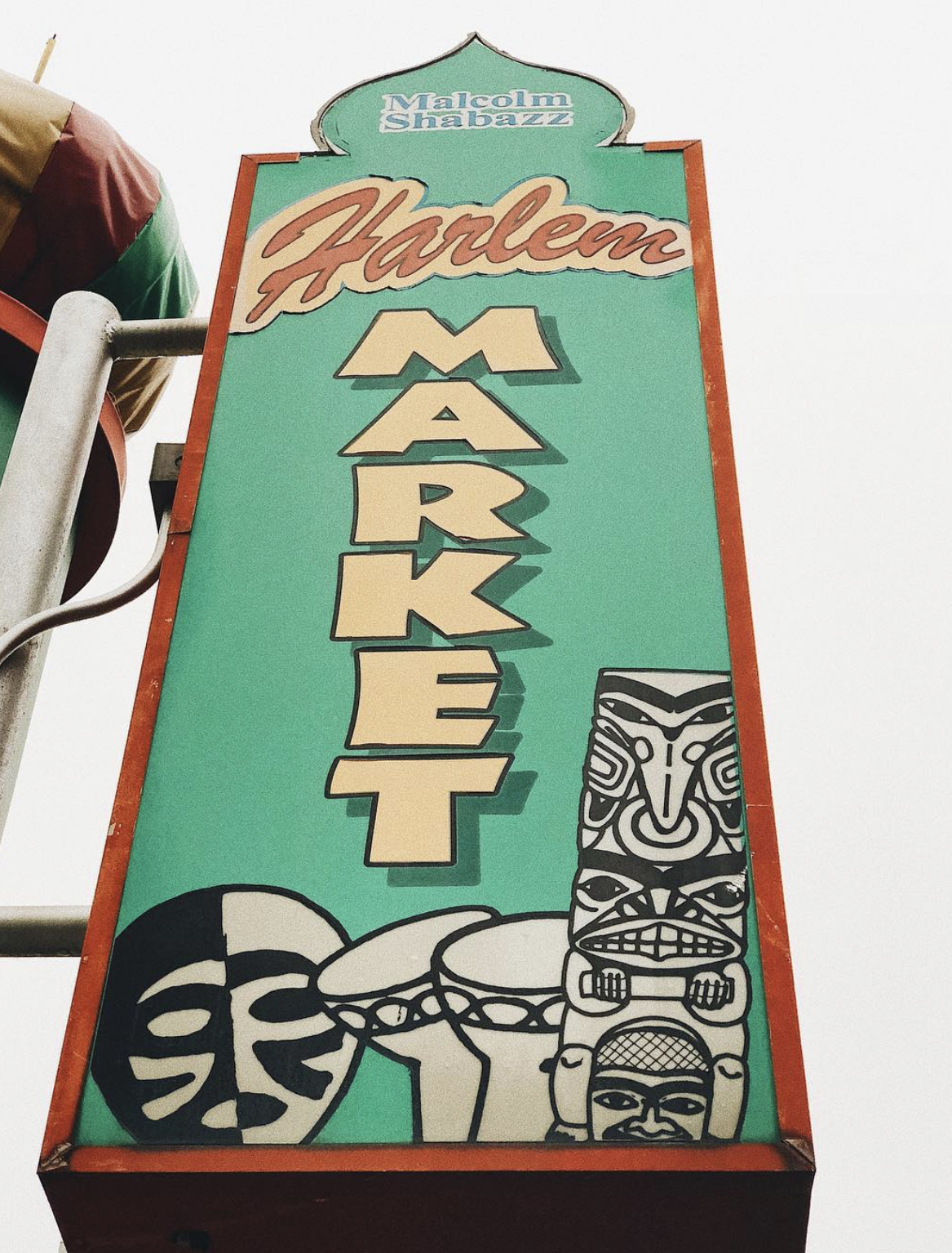
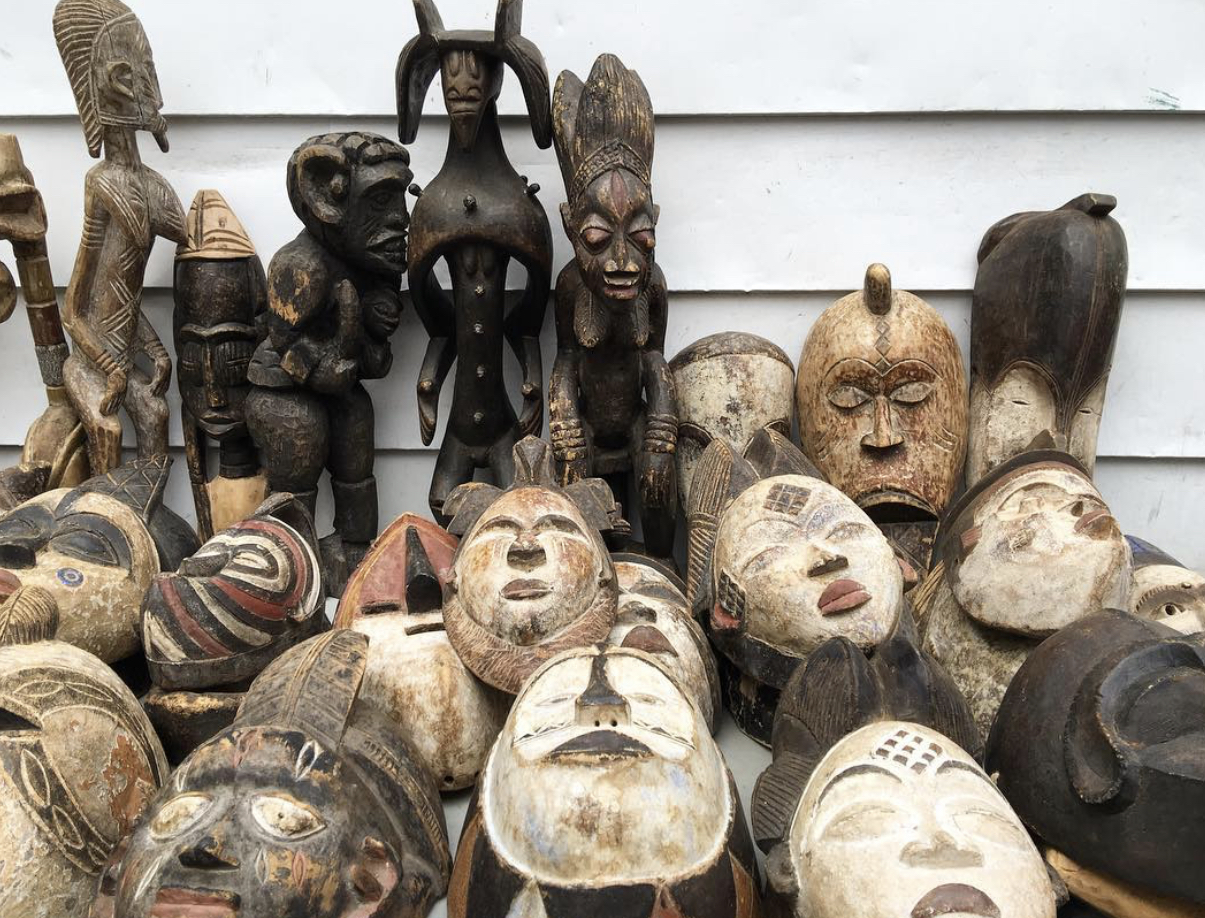
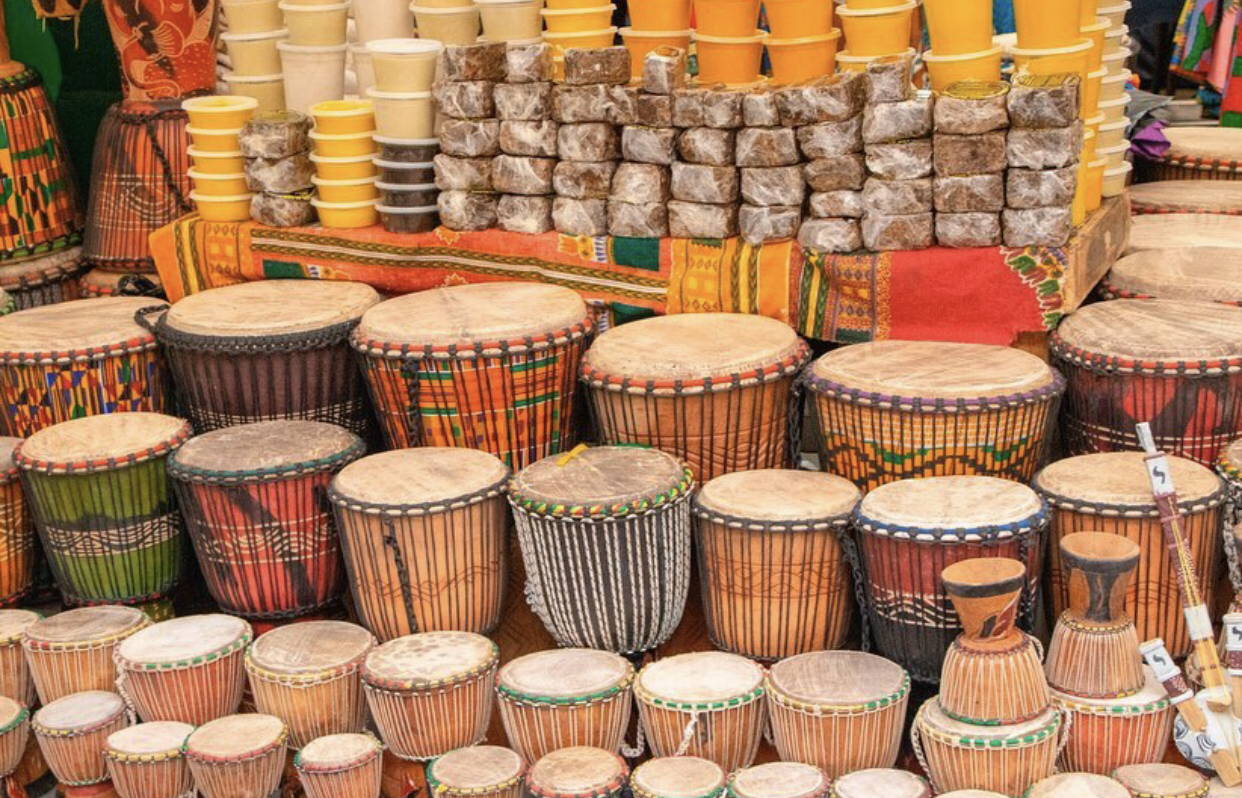
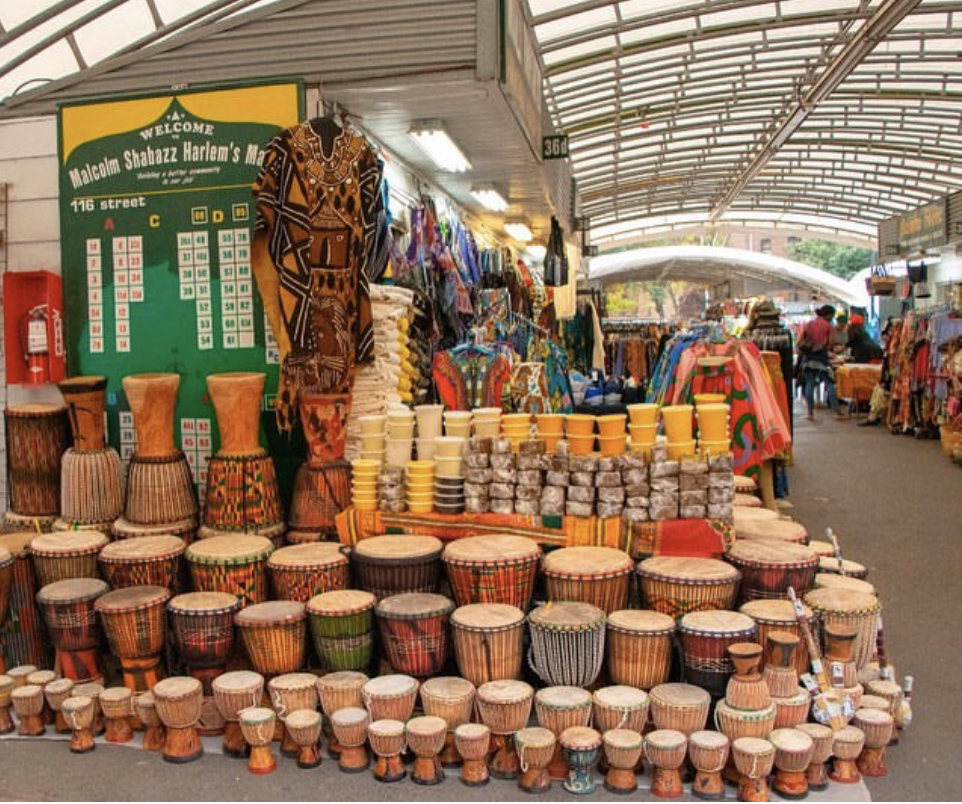
Malcolm Shabazz Harlem Market (52 W 116th St) bazaar named after Malcolm X’s grandson who was murdered in Mexico City. The market offers various African crafts, clothes and accessories. Most items are hand made from the vendors, mostly recently immigrants from all over Africa.
Harlem Restaurants:
Red Rooster (310 Malcolm X Blvd), Sylvias’s (328 Malcolm X Blvd,) soul food cuisine, Lolo’s Seafood Shack (303 W 116th St) co-owned by a Guyanese immigrant and East Harlem raised,
Jazz Clubs:
Harlem is known for its world famous jazz clubs. You could not stop in the area without at least tipping your hat to Cotton Club (656 West 125th Street) or Minton’s Playhouse (206 W 118th St).
Crown Heights:
The neighborhood that made national news during the three-day racially charged Crown Heights Riot in 1991 is undergoing gentrification. Historically, Crown Heights has been the home to a large population of Jewish residents, and the headquarters of the Lubavitch movement is located on Eastern Parkway. Crown Heights also has a large population of African Americans and people from the West Indies, and it hosts the annual Labor Day Carnival celebrating Caribbean culture.

The area is forever evolving and is becoming one of the hippest neighborhoods in Brooklyn. With gentrification, Crown Heights has seen much change over the last decade, however, Crown Heights still has great spots that showcase its roots as a community of African- and Carribean-American cultures.
Crown Heights Sites of cultural/historical significance:
Berean Baptist Church (1635 Bergen St), a former station on the “underground railroad” was incorporated on August 11, 1850, when the influence of the Abolitionists movement prompted frequent meetings of mixed racial groups who were committed to social change. Later as a station on the “underground railroad,” In 1894 the church splintered into two separate congregations. The black congregation erected the building now known as The Old Berean Church, which was the first church built from the foundation up by an African American congregation in New York City.

Check out the Hunterfly Road Historic District in Weeksville Heritage Center (158 Buffalo Ave). Weeksville was one of the largest free black communities. Slavery was abolished in NYC in 1827 but not nationally until 1865, so this enclave became a safe haven for freed men and runaway slaves. It is one of the few historically preserved areas for the African-American community from that time period.

Brooklyn Museum (200 Eastern Pkwy) is known for having one of the largest collections of African Art in America.
Restaurants:
Crown Heights has much to offer on the food scene.
Check out the no-frills, The Island’s (671 Washington Ave), for some delicious Jerk Chicken (and a nod to the Caribbean community that gentrification is displacing).

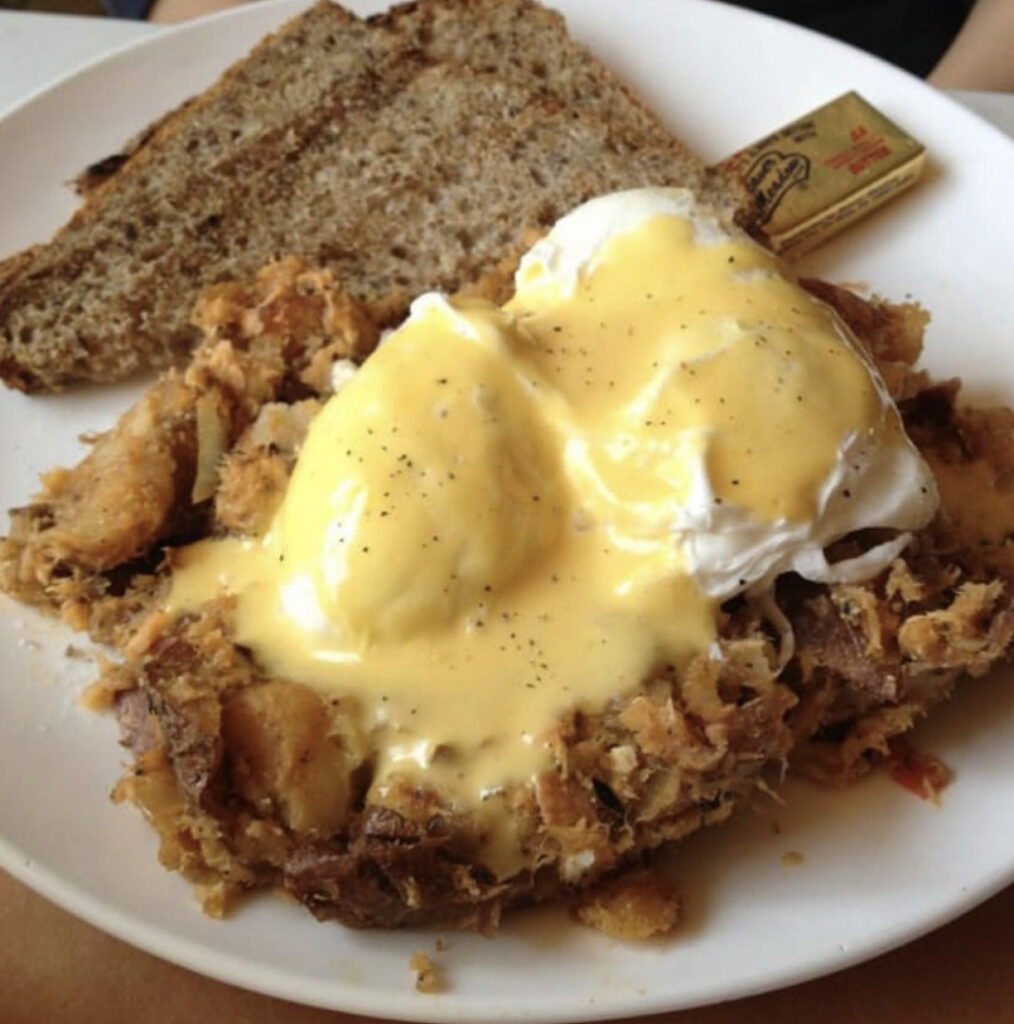
The black and female-owned restaurant, Cheryl’s Global Soul Food (236 Underhill Ave), will not disappoint for breakfast, lunch or dinner. They often have live music in the evenings.
The trendy dominican restaurant, Puerto Viejo (838 Dean St), is worth a try!
Flatbush:
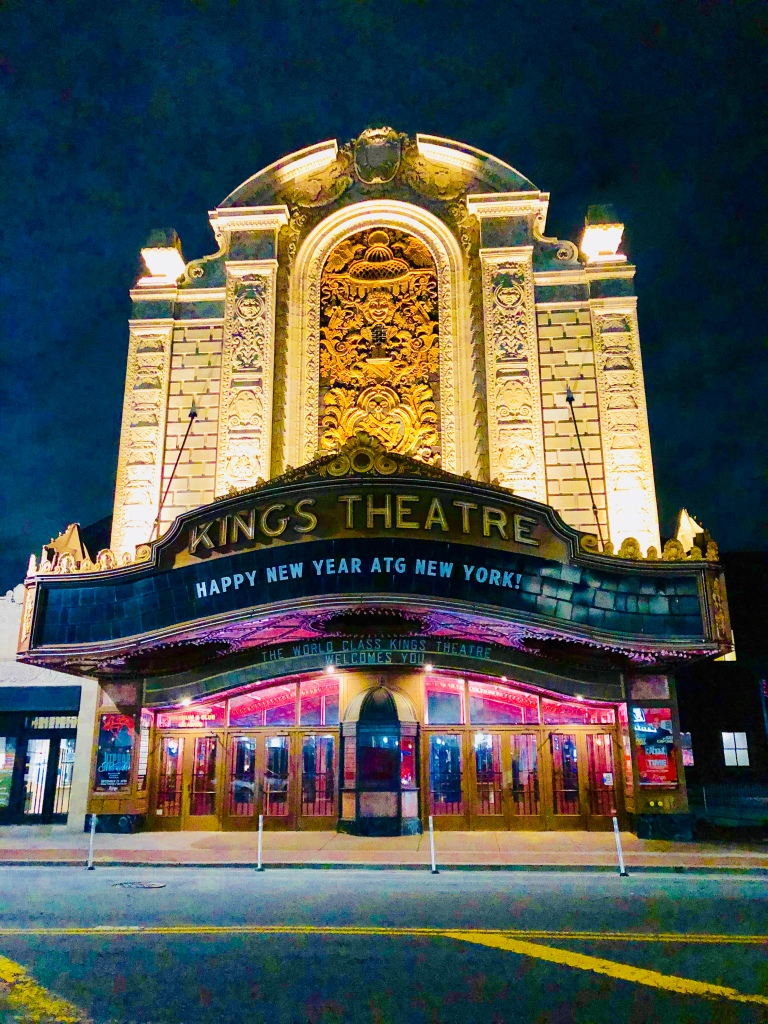
Still a stronghold for black Caribbean culture. Flatbush has a large number of Haitian and Jamaica immigrants. Known for the ornate Victorian houses, busy commercial district and the 18th century Dutch Reformed Church.
Flatbush Sites of cultural/historical significance:
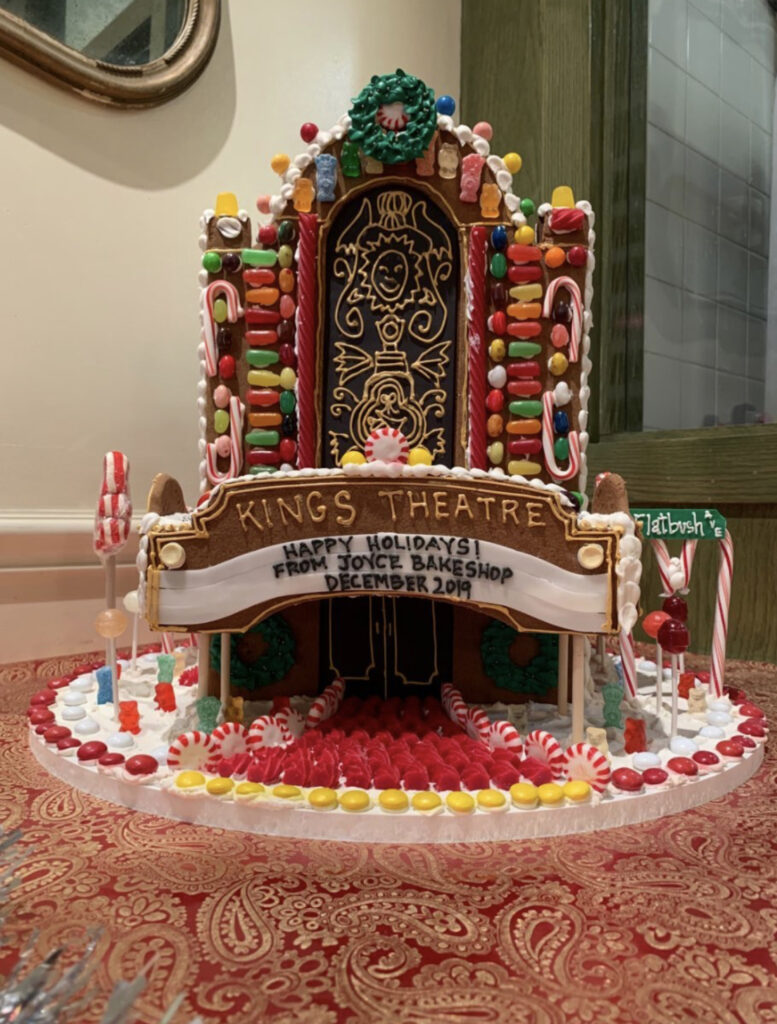
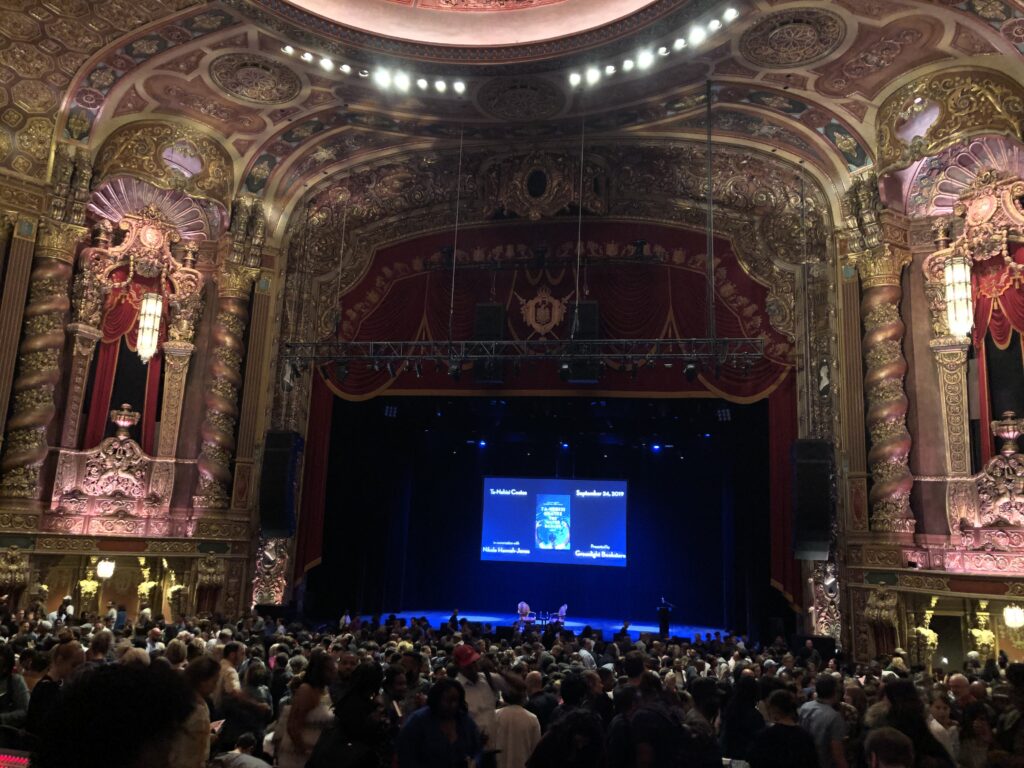
Kings Theater, The 1929 lavish Loew’s movie theater went defunct from 1977-2010, and reopened after a $93 million dollar “face lift” in 2015 to its old grandeur. I have attended a book talk by Ta-Nehisi Coates.
Restaurants:
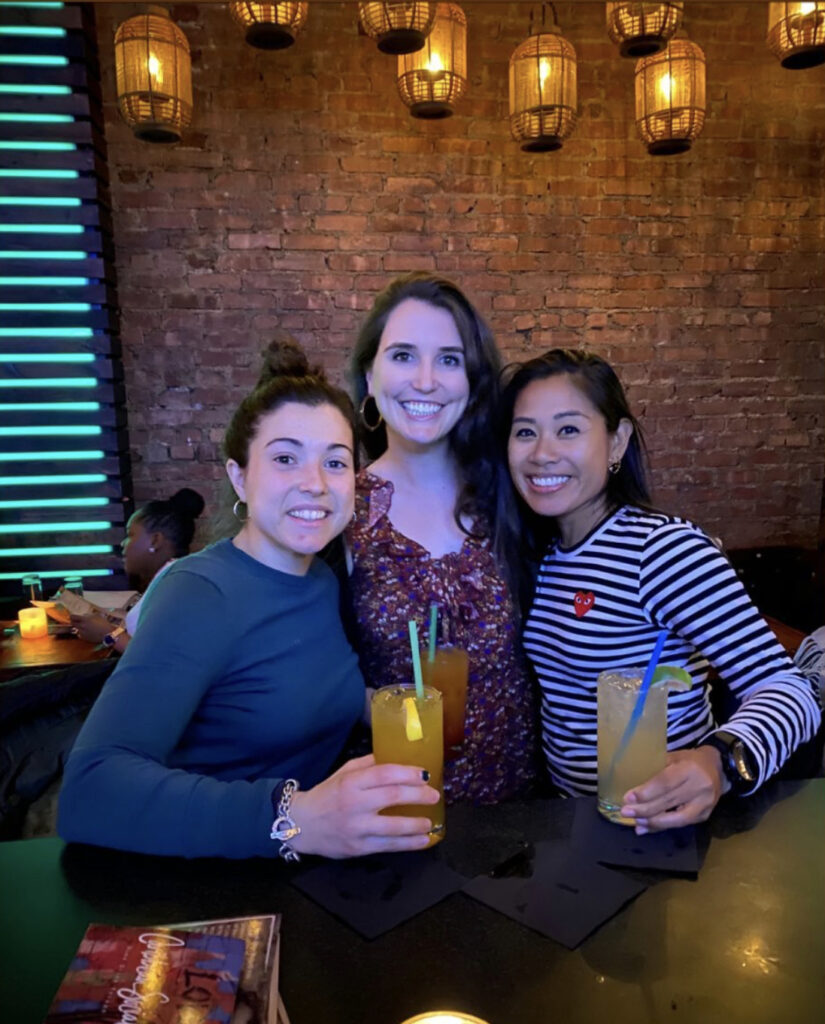

Both trendy and upscale, Carribean Social (847 Flatbush Ave), and vegan, Aunts et Uncle (1407 Nostrand Ave) are worth a try in this neighborhood. Those open to venture the 40 minute walk into East Flatbush should definitely taste the food at black female-owner, Suede (5610 Clarendon Rd).
A few other suggestions:

Brooklyn Tabernacle (17 Smith St), a megachurch with a Grammy Award winning Choir. The 250-voice choir even sang at Barack Obama’s 2013 inauguration! The 1918 edifice started as a vaudeville Metropolitan Theater. Converted in 1978 into Loew’s movie theater which was defunct from 1996- 2000, and reopened in its current use (after extensive renovations) in 2002 as the Brooklyn Tabernacle Church. The euphonious Sunday services are at 9:00 AM, 11:00 AM and 1:00 PM. Expect the service to go at least an hour and a half.


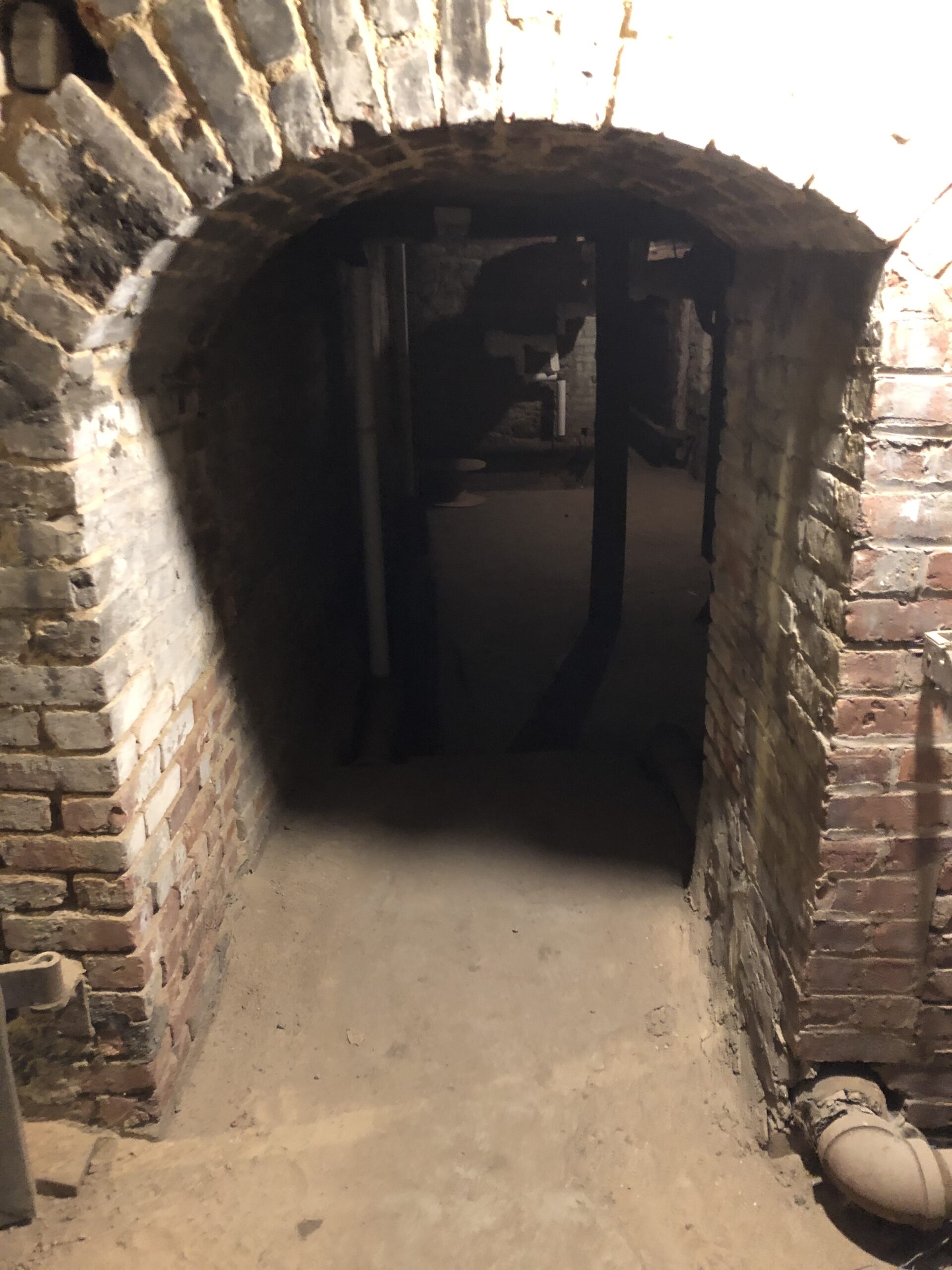
Plymouth Church (57 Orange St, Brooklyn, NY 11201) known as the “Underground Railroad Depot” in the 1800’s. While many African-Americans sought their freedom in the north, this church became a rest stop before moving on to Canada. The church also held fundraisers in which congregants would contribute to buy an enslaved person’s freedom, and in some cases extra money to help them get started. Abraham Lincoln worshiped here when in town!
